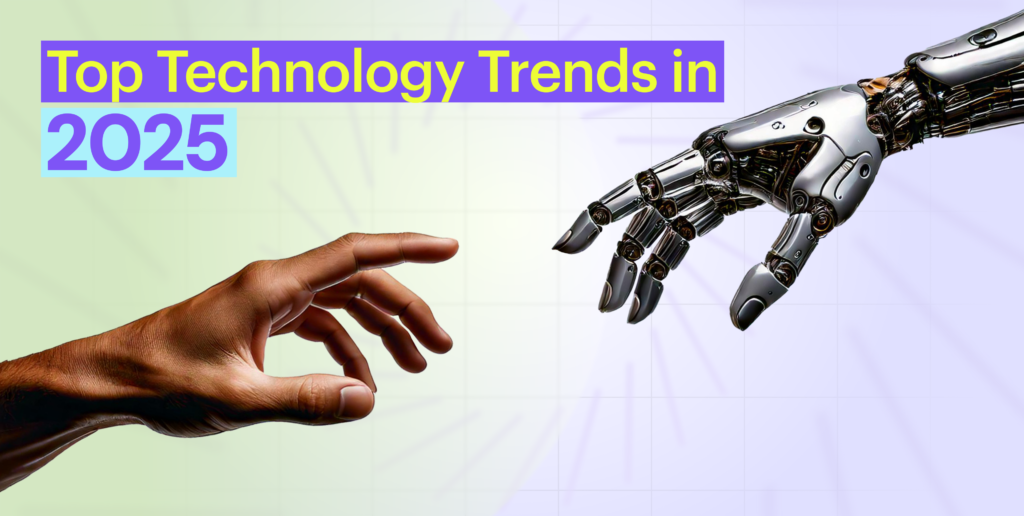
Emerging Technologies age defined by rapid innovation, the way children play is transforming radically. Emerging technologies—such as Artificial Intelligence (AI), Augmented Reality (AR), Virtual Reality (VR), mixed reality (MR), and smart, connected toys—are reshaping play in ways that enhance learning, creativity, and social interaction.
This explores how these technologies are evolving “play,” the benefits they bring, the associated challenges, and what the future may hold.
What Does “Play” Look Like Today?
Traditional toys, outdoor games, and imaginative, unstructured play have long been cornerstones of childhood. But over the past decade, digital platforms, interactive apps, and immersive experiences have altered the landscape. Play is no longer confined to physical objects or fixed spaces. Children can now play anywhere—on screens, in virtual worlds, with AI companions, or in hybrid environments where physical and digital elements blend.
Key Technologies Transforming Play
1. Augmented Reality, Virtual Reality, and Mixed Reality
AR overlays digital elements in the real world; VR immerses the user completely in a virtual environment; MR merges both worlds, allowing interaction between digital content and physical surroundings. zonetechai.com+3eSafety Commissioner+3Wikipedia+3
Apps and AR/VR tools make learning playful and immersive. For example, AR may allow children to see 3D models of animals or planets, which they can rotate and explore.
In VR, they might take simulated journeys to historical eras or inside the human body. Mixed reality games allow children to interact with both virtual and physical spaces simultaneously, increasing engagement and deeper understanding. Wiley Online Library+2zonetechai.com+2
2. AI and Smart Toys
Artificial Intelligence has begun powering toys and experiences that learn, adapt, and respond. Smart toys may recognize voices, habits, or patterns and adjust difficulty or style accordingly. This allows for personalized learning through play. Language learning, problem solving, creative storytelling—all benefit when AI adapts to the child’s pace and style. Medium+2community.ibm.com+2
AI is helping create tools where children are not just consumers but creators. For instance, environments where kids build AR characters, program behaviors, animate models, and interact with physical surroundings in novel ways. arXiv
3. Gamification and Hybrid Play
Gamification means using game design elements in non‑game contexts (like learning or exercise). When combined with AR/VR or AI, gamified learning becomes more engaging and effective. Hybrid play mixes physical elements (like toys, movement, real environments) with digital interaction—e.g., motion‑sensing devices, wearable tech, or smart toys that react to physical movements. This encourages more balanced activity—both physical and digital. zonetechai.com+1

Benefits for Learning, Development, and Social Growth
- Engagement & Motivation: Immersive, interactive experiences hold attention more effectively than static traditional approaches. AR/VR and AI‑adaptive tools have been shown to increase children’s motivation, interest, and effort. Wiley Online Library+2Al Arabiya English+2
- Improved Learning Outcomes: Complex or abstract concepts (such as molecular biology or geometry, environmental science) become easier to understand when visualized. Experiential learning through immersive play helps retention and comprehension. zonetechai.com+2MDPI+2
- Personalization & Inclusivity: AI allows adapting to individual pace, style, ability. Tools can support children with different learning needs or disabilities. Immersive technologies can create safe spaces for practicing social interaction or learning skills that may be difficult in traditional settings. MDPI+2arXiv+2
- Creativity & Social Skills: Environments where children build, create, and collaborate (in virtual worlds, AR environments, or through AI‑powered creative tools) foster imagination, collaborative problem solving, empathy, and communication.
Ethical, Health, and Practical Considerations
The benefits are significant, there are also risks and barriers:
- Screen Time, Physical Health, Mental Well‑Being: Too much immersion or screen exposure can affect children’s eyesight, sleep, physical activity, and emotional regulation. Balancing digital play with outdoor, physical play is essential. eSafety Commissioner+1
- Privacy, Data Security, and Safety: Smart toys and digital platforms often collect data (voice, video, usage patterns). This raises concerns about data misuse, exposure, and protecting children in virtual environments. eSafety Commissioner+1
- Equity & Access: High cost of devices (VR headsets, AR‑capable tablets, machines), variability in internet access, and lack of support/training for educators or parents pose barriers. Underserved communities may be left behind. MDPI+1
- Cognitive Overload & Appropriateness: Overly complex or overstimulating digital environments can overwhelm younger children. It’s important content is age‑appropriate and balanced. Wiley Online Library+1
The Future of Play Looks Like
- More AI‑Assisted Creation Tools: Environments where children design, animate, express, and program—bridging play and production. AR/AI tools like generative design and auto‑rigging will let kids create their own virtual characters or stories. arXiv
- Blended Real‑Virtual Worlds: As MR technology improves and becomes cheaper, play may frequently blend physical and virtual in seamless ways—smart rooms, responsive environments, wearable tech that overlay digital content in everyday settings.
- Ethical and Inclusive Design: Demand will grow for toys and platforms designed with privacy, fairness, accessibility, and diversity in mind. More regulation, guidelines, and awareness will be needed.
- More Localized, Contextual Play: Content and technology tailored to different languages, cultures, and environments will grow. This makes play more relevant and effective for diverse children globally

Emerging technologies are not just gadgets or fleeting trends—they are fundamentally changing how, where, and what children play. When designed and used thoughtfully, AI, AR/VR, mixed reality, and smart toys can enrich learning, foster creativity, and support social and emotional growth. However, balancing innovation with care is essential: ensuring equity, safety, mental and physical health, and maintaining human connection. The future of play lies in harnessing these technologies to amplify what makes childhood special—not replace it.